Journalism

Can Solidarity Reporting Boost News Story Credibil...
Examining whether covering social justice issues using a solidarity reporting approach increases perceptions of news story credibility. Read More
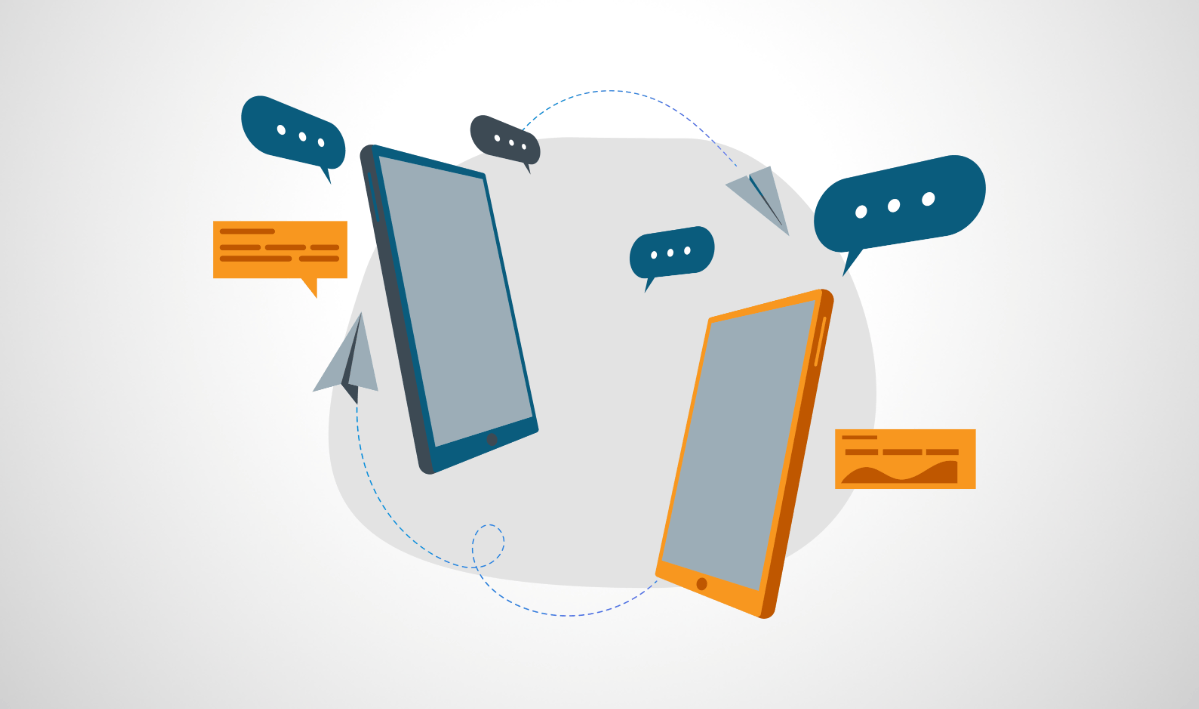
Bridging Divides on Social Media: A New Approach D...
Examining a novel approach to identifying “connective language” that brings people together on social media. Read More
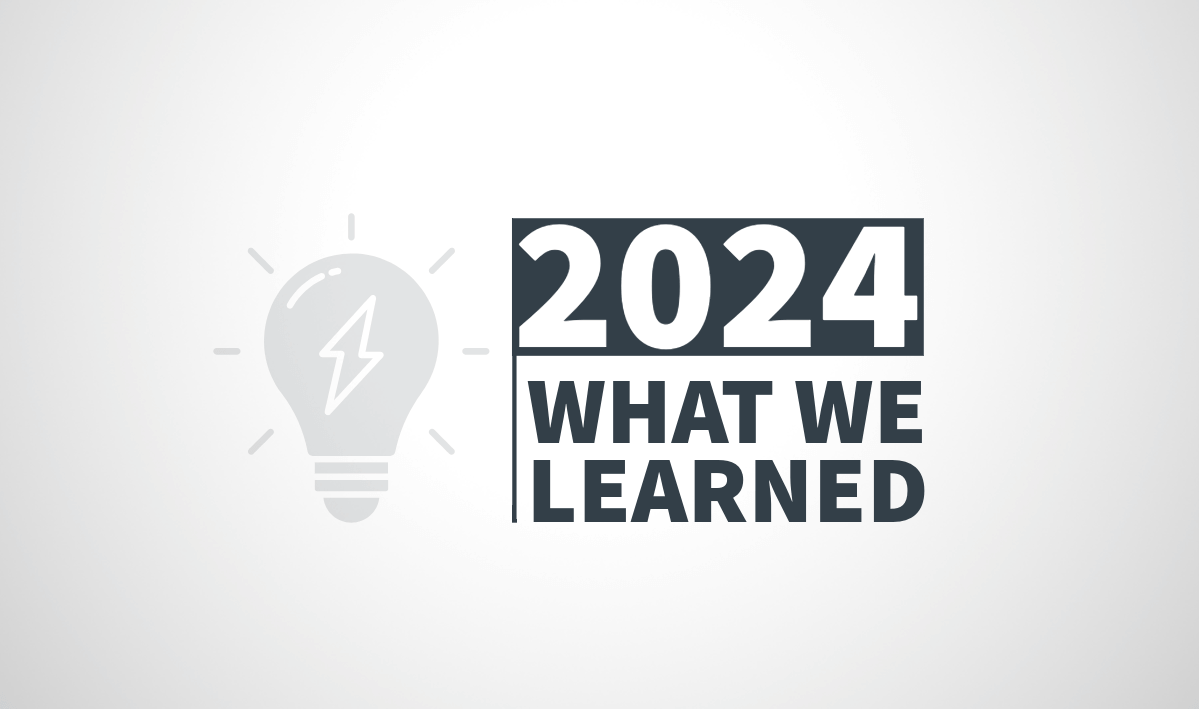
What We Learned in 2024: From GenAI to Election Co...
Important findings from our 2024 research. Read More
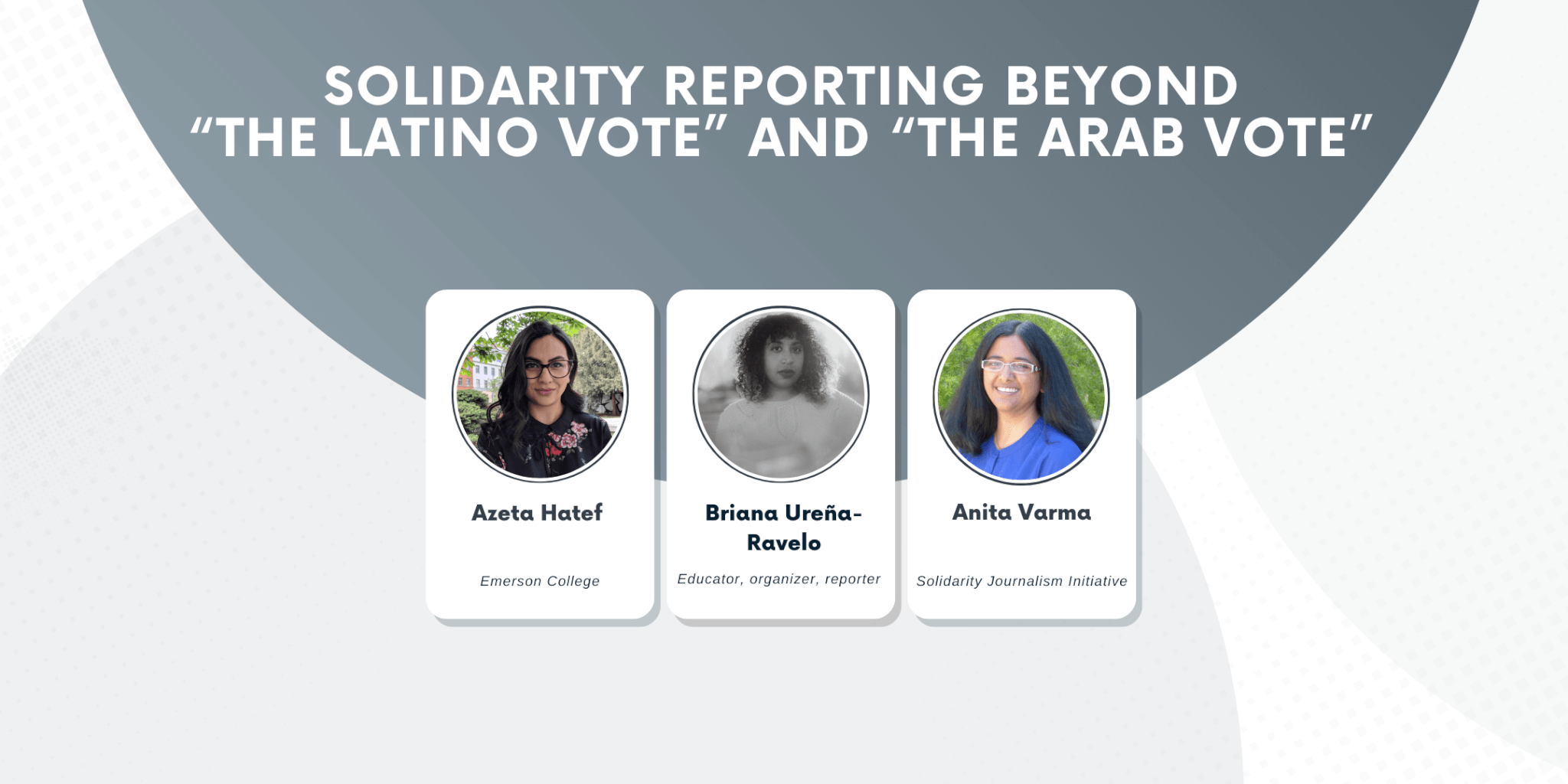
Solidarity Reporting Beyond “The Latino Vote” and ...
Prompted by media discourse and criticism in the aftermath of the 2024 U.S. election, the Center for Media Engagmenent held a workshop focused on encouraging journalists to move beyond reductive, monolithic labels, and identifying specific reporting practices for doing so. Read More

Navigating Election Prep in Battleground Areas: Ne...
As Election Day approaches, how are newsrooms tasked with covering contentious races handling the pressure? 10 editors at newsrooms in battleground districts or states to learn more about the opportunities and challenges they face. Read More

How News Audiences Respond to Journalist Race and ...
Exploring how different racial and ethnic groups respond to bylines from journalists who share their race or ethnicity. Read More

Fact-Checking Approaches for Broadcast News
A test of two fact-checking approaches found that both work equally well to correct misperceptions. Read More

6 Important Outcomes from Our Research This Year
Learn more aboout the key outcomes of our research from the past year. Read More
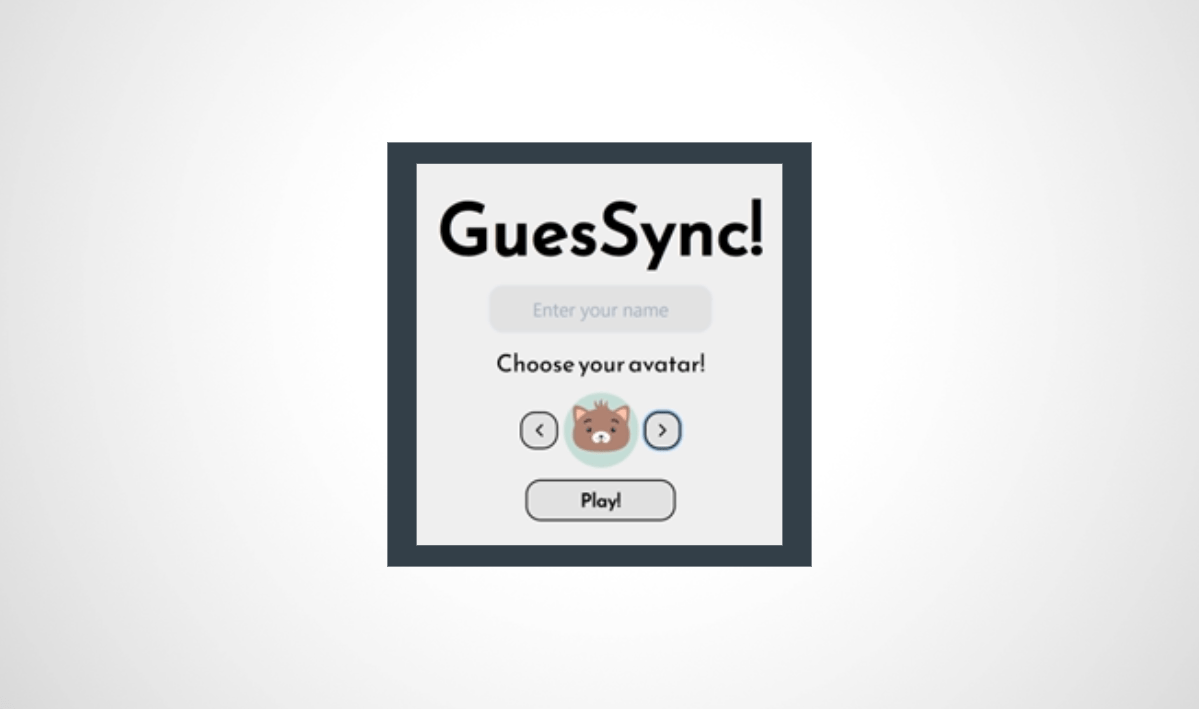
A Simple Online Game Can Help Bridge Political Div...
New research that examines whether an online guessing game that includes questions about political issues can help address people’s misperceptions about the other side. Read More
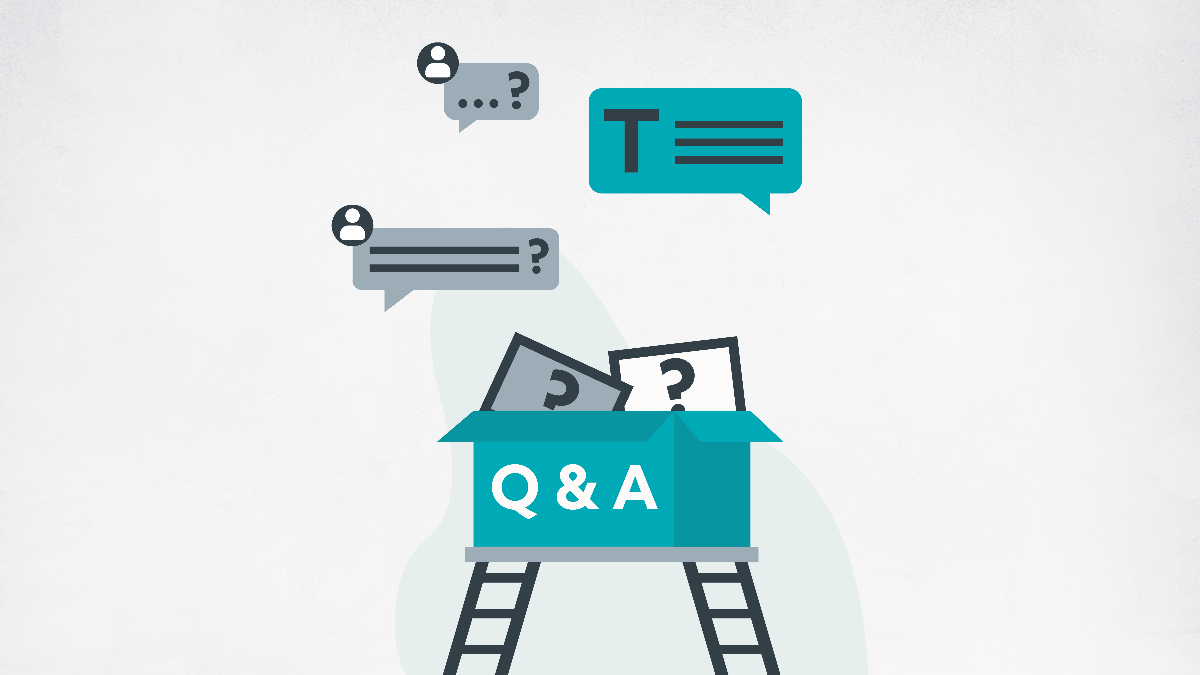
Curbing the Decline of Local News Through Engaged ...
Practicing engaged journalism, where newsrooms build relationships with their audience by responding to community concerns, can offer a lifeline. Read More
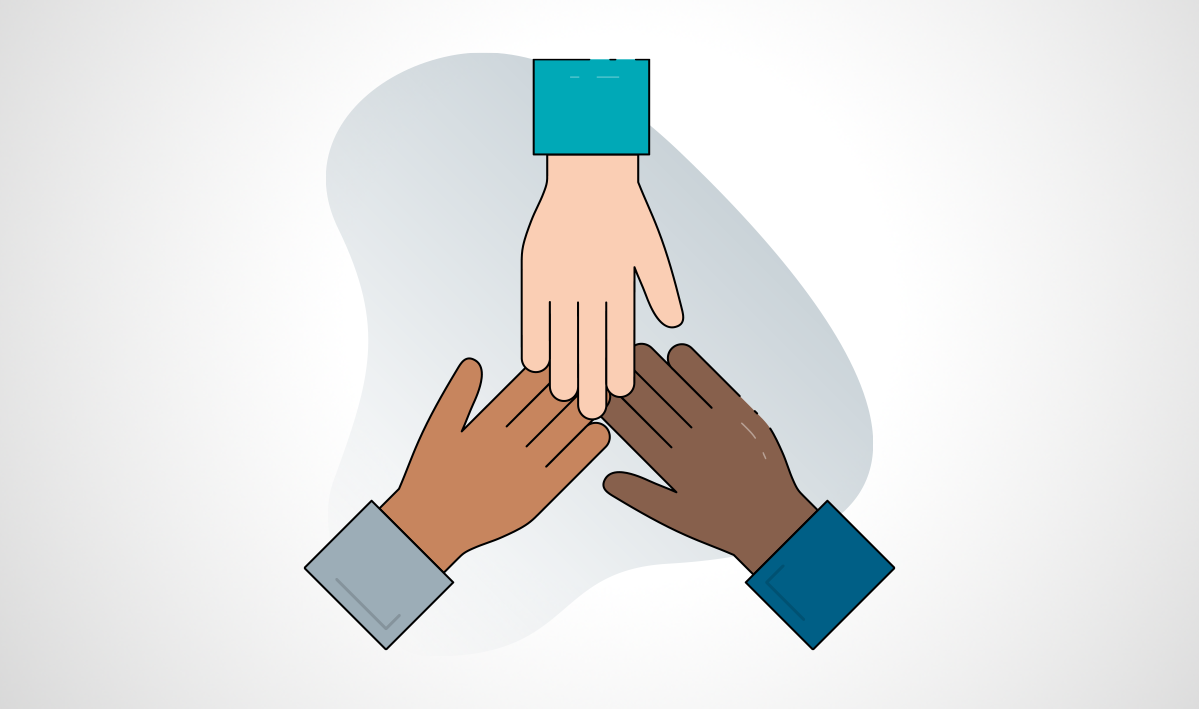
5 Ways to Build Trust and Bridge Divides
Strategies to to combat news distrust and connect with communities that feel underserved by their local newsrooms. Read More

Do Democrats and Republicans Live in Different Wor...
A look at whether political partisanship is predictive of people's beliefs in true and false claims. Read More

How Multiple-Choice Quizzes Can Help Fact-Checkers
How online multiple-choice quizzes present an opportunity to encourage readers to engage with fact-checking content and to help them learn. Read More

Build Trust Through Your Storytelling Process
Five actions newsrooms can throughout the storytelling process that can improve trust. Read More
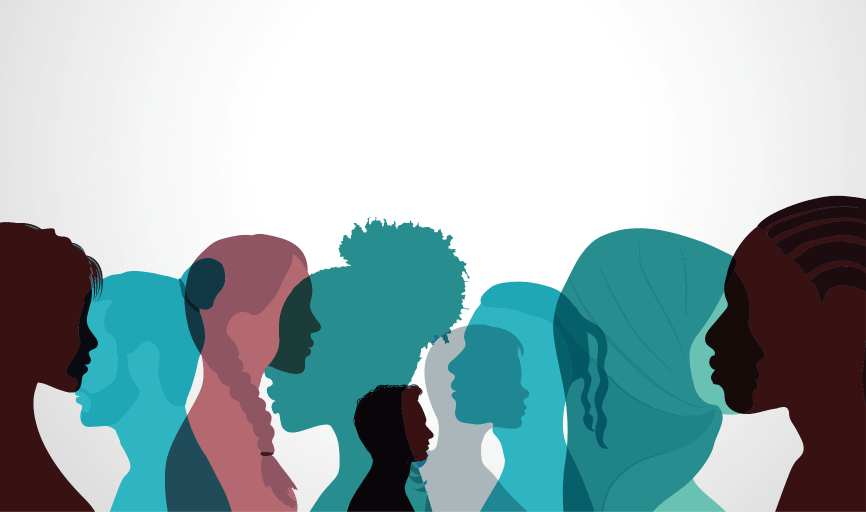
5 Steps for More Effective Solidarity Reporting
When reporting on marginalized communities, it’s imperative to get the story right by including people who help tell the whole story. Read More

What We Can Learn from People in News Deserts
While news deserts undeniably pose a problem, there is something to be learned from the way people in news deserts think about access to local information. Read More

A Year in Review: 10 of Our Most Interesting Resea...
Person-centered terms encourage stigmatized groups’ trust in news. The Center for Media Engagement, with support from Resolve Philly and Democracy Fund, asked people in recovery from substance abuse disorder, people who have experienced homelessness, and people with a disability for their feedback on news articles. We tested whether the use… Read More

Using the Phrase “Fake News” Hurts Trust in Your J...
How three commonly used phrases for false content - fake news, false news, and misinformation - affect public perceptions of journalists and news media. Read More

Using Person-Centered Language Can Build Trust
Using person-centered language can foster trust and help news organizations better connect with stigmatized groups. It can also help some marginalized groups feel better represented by news coverage. Read More
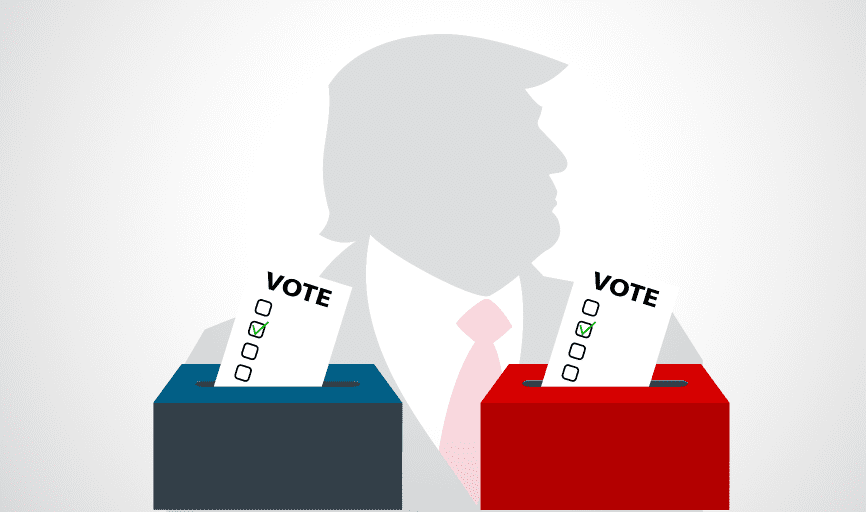
How Newsrooms Can Address Election Fraud Beliefs
Better understanding why some people think Trump likely won in 2020 gives news organizations the opportunity to address legitimacy concerns in future election coverage. Read More
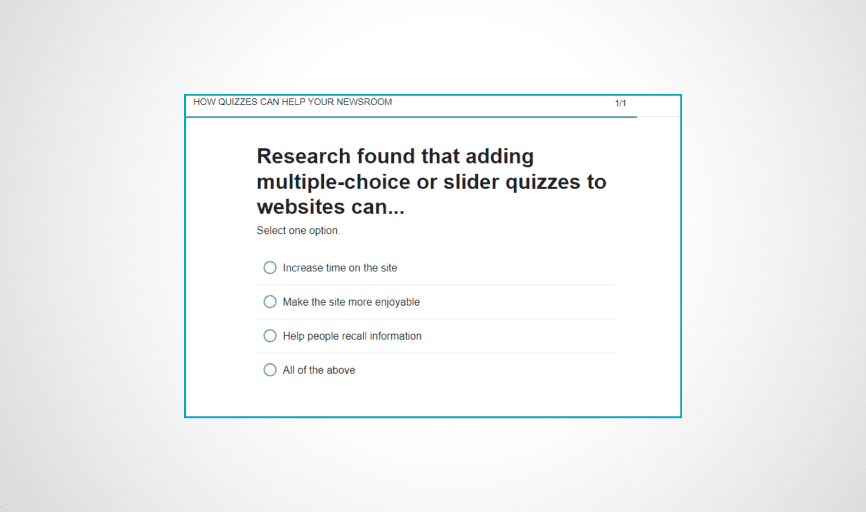
Help Audiences Learn By Adding Quizzes to Stories
Adding quizzes to news sites can provide a fun, interactive learning experience for users while also benefitting the news organization. Read More
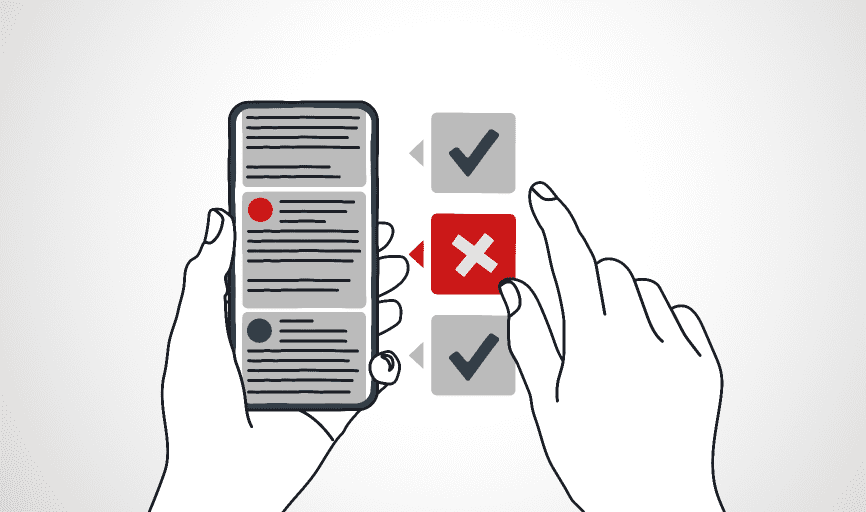
Building a Local System to Fight Misinformation
The Center for Media Engagement is working to build a local system for surfacing misinformation that can be adapted for different communities. Read More

Who’s Funding Primetime News – And Why It Matters
Do you know who funds the news you watch? As is widely known, some news programs focus on facts, while others focus on opinions. Behind all these programs are advertisers who drive revenue – meaning they have the power to hold news outlets accountable for their coverage. Read More

Making Political Points with Humility Can Bridge D...
We found that humility can help people bridge divides, making it a useful approach for news organizations looking to uplift content or comments that build bridges. Read More

10 Research Findings & What they Mean for New...
Ten takeaways from our research that can help newsrooms and journalists tackle challenges in the year ahead. Read More

A Better Way to Tell Protest Stories
To help journalists frame stories in ways that do not marginalize certain groups, the Center for Media Engagement tested several approaches to protest coverage. Read More

3 Tips for Reporting on AI & Automation in Es...
How journalists can help create an accurate public understanding of the true capacities of automated technologies. Read More
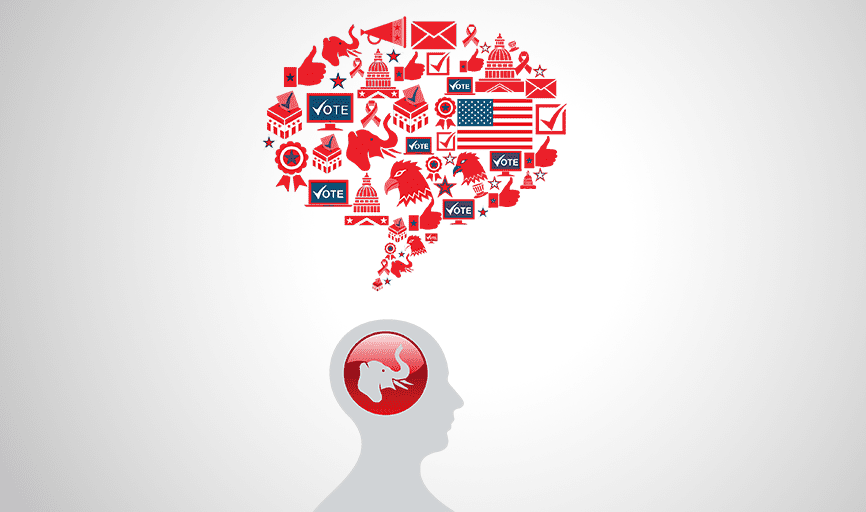
Bridging Divides Between Conservatives and Media
Discussions with participants in this Center for Media Engagement study helped identify six approaches journalists can take to better connect with their conservative audiences. Read More

Solidarity Reporting and Coverage of Afghanistan
Learn about how journalists can apply solidarity journalism to coverage of Afghanistan. Read More
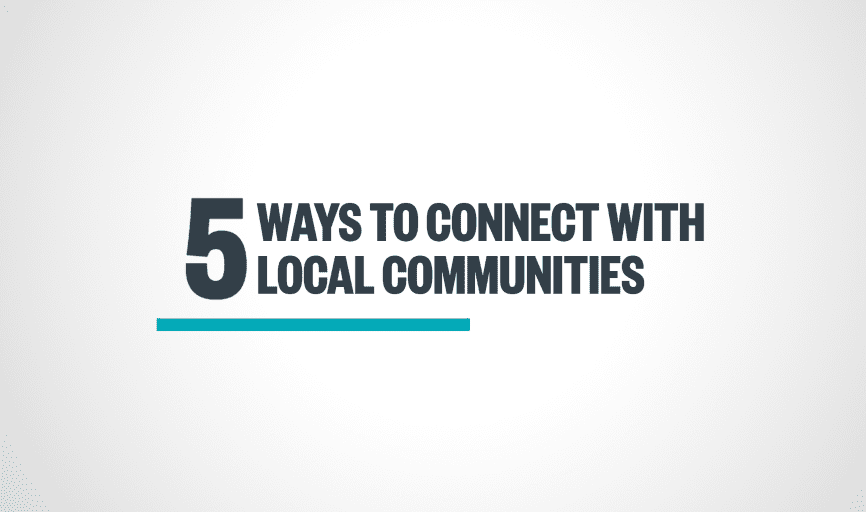
5 Ways to Connect with Local Communities
Five strategies for connecting with local communities that come directly from speaking with people who feel the media can do better to reach them. Read More

